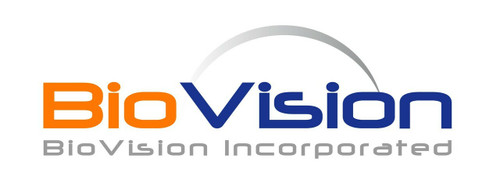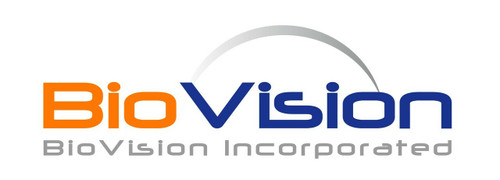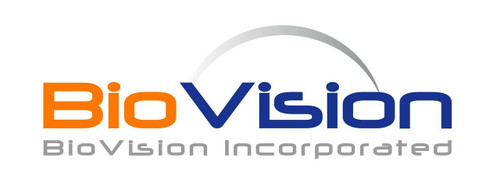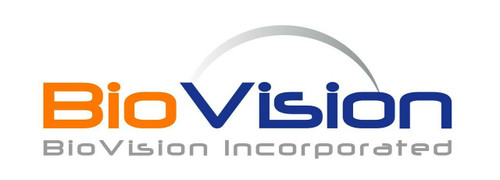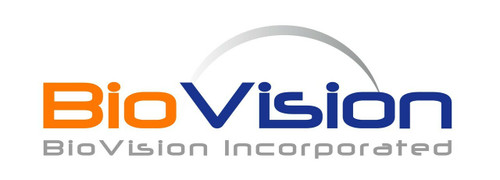Product Description
Butyrophilin subfamily 1 member A1 (BTN1A1) is also known as BTN, which is a member of the immunoglobulin superfamily and the major protein, associated with fat droplets in the milk. BTN1A1 may have a cell surface receptor function. The human butyrophilin gene is localized in the major histocompatibility complex (MHC) class I region of 6p and may have arisen relatively recently in evolution by the shuffling of exons between 2 ancestral gene families. Furthermore, BTN1A1 regulates the amount of lipids and size of droplets expressed in milk and inhibits the proliferation of CD4 and CD8 T-cells activated by anti-CD3 antibodies, T-cell metabolism and IL2 and IFNG secretion.
Biovision | P1261 | Human CellExp BTN1A1 / Butyrophilin Human Recombinant DataSheet
Biomolecule/Target: BTN1A1
Synonyms: BTN1A1, Butyrophilin, BTN
Alternates names: Proepithelin, PEPI, PC Cell-derived Growth Factor.
Taglines: Inhibits the proliferation of CD4 and CD8 T-cells activated by anti-CD3 antibodies, T-cell metabolism and IL2 and IFNG secretion.
NCBI Gene ID #: 2896
NCBI Gene Symbol: GRN
Gene Source: Human
Accession #: P28799
Recombinant: Yes
Source: HEK293 cells
Purity by SDS-PAGEs: 95%
Assay: SDS-PAGE
Purity: N/A
Assay #2: N/A
Endotoxin Level: < 1.0 EU per/g
Activity (Specifications/test method): N/A
Biological activity: N/A
Results: N/A
Binding Capacity: N/A
Unit Definition: N/A
Molecular Weight: ~74 kDa (observed due to glycosylation)
Concentration: N/A
Appearance: Lyophilized
Physical form description: Lyophilized from 0.22 m filtered solution in PBS, pH7.4. Normally trehalose is added as protectant before lyophilization.
Reconstitution Instructions: N/A
Amino acid sequence: Signal peptide and human progranulin (aa 1-593) is untagged. Reflects the native sequence with no additional amino acids.
 Euro
Euro
 USD
USD
 British Pound
British Pound
 NULL
NULL



